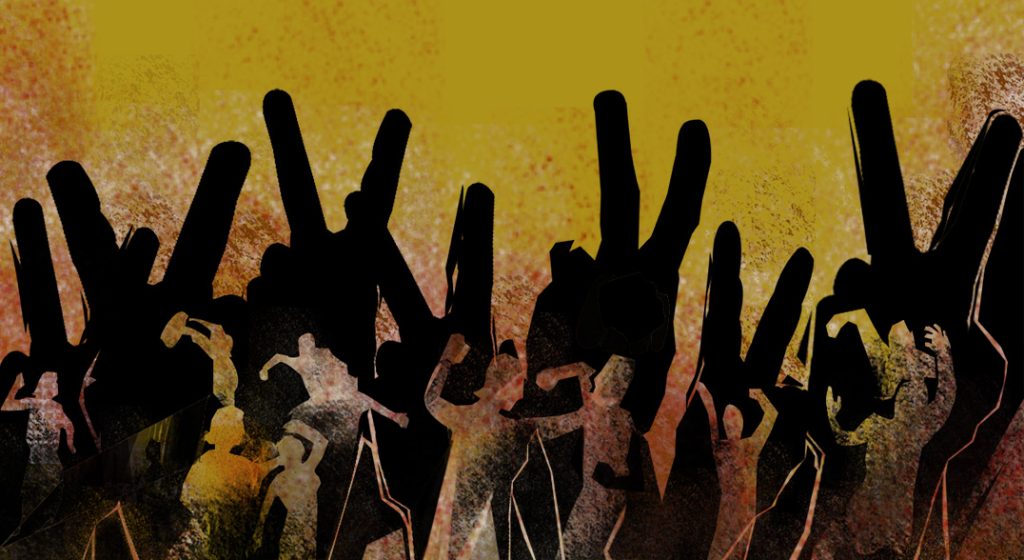Human Genetic Variation
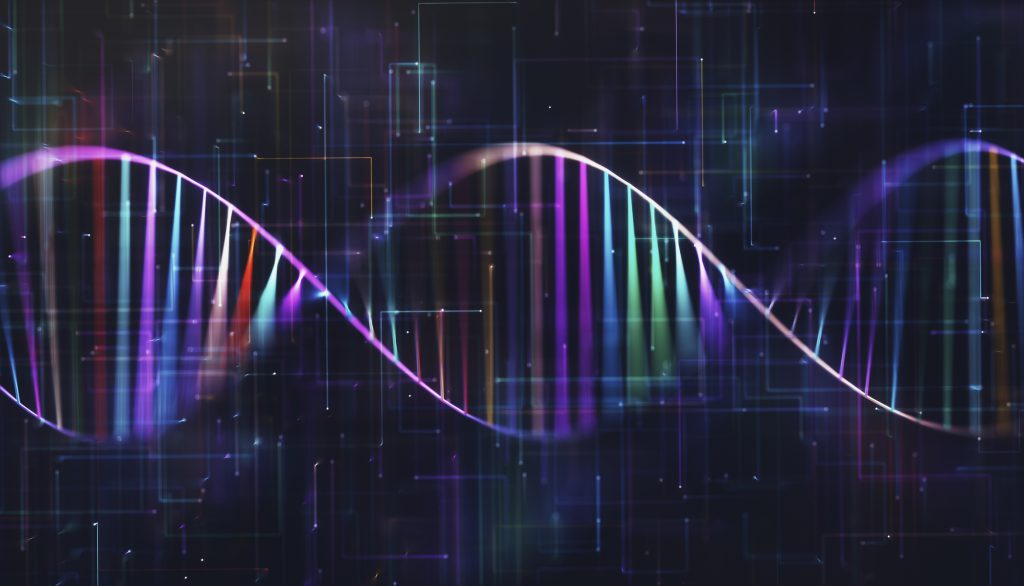
Scientific explanations for and appreciations of human genetic variation often remain at odds with social views on human diversity. In this unit, students will learn how biological anthropologists address genetic variation. They also can consider anthropologists’ ongoing struggle to address the discipline’s historical role in perpetuating scientific racism.
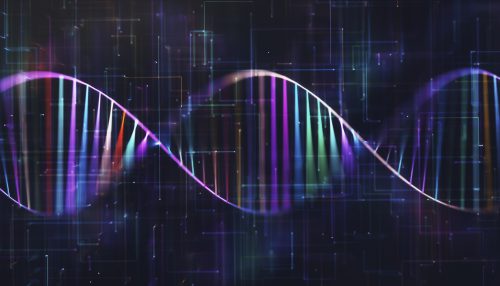
Race Is Real, But It’s Not Genetic
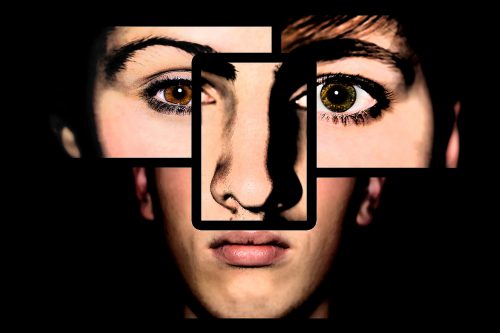
Schizophrenia’s Tangled Roots

Tools of the Wild: Unveiling the Crafty Side of Nature

Celebrity Status Almost Ruined Ancient DNA Research

Gene Therapy’s Promise Meets Nigeria’s Sickle Cell Reality

What Is “Natural” for Human Sexual Relationships?
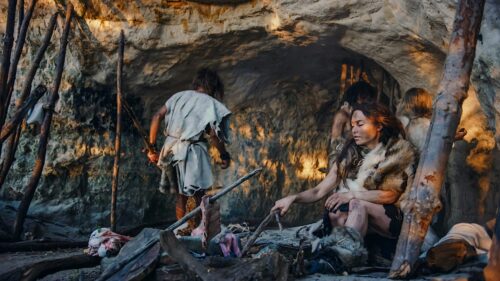
Dismantling the “Man the Hunter” Myth
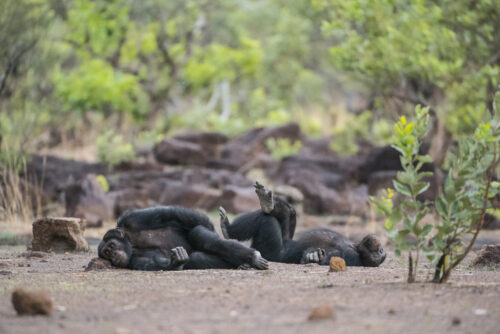
Spend a Day Tracking Chimpanzees
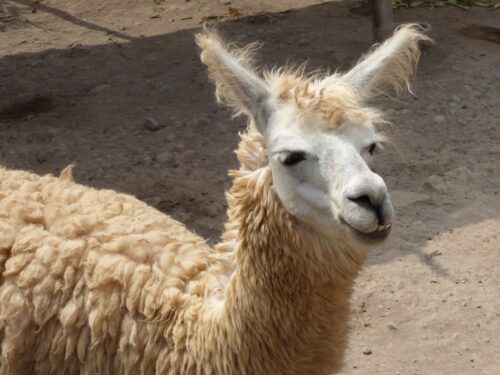
Unearthing Culinary Pasts—With Help From Llama Poop

Why These Hong Kong Urbanites Are Farming

Planting Seeds for a More Ethical Future

When Coffee Is Like Angel Cake With Strawberry Jam
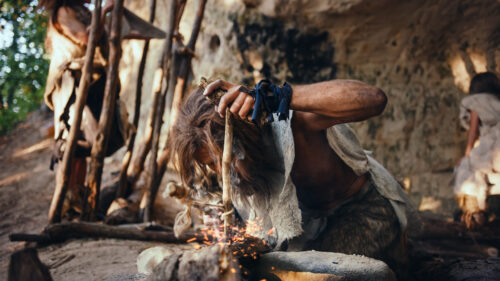
The Paleolithic Age Cooked Up Creative Chefs
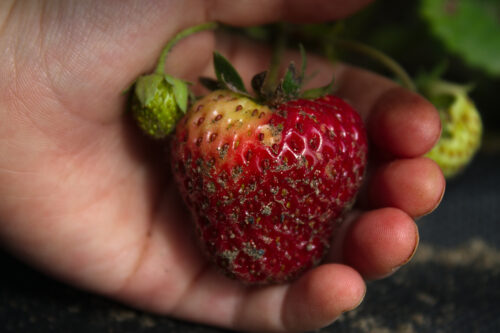
Is a “Sweet Tooth” Genetic?

Grappling With Guilt Inside a System of Structural Violence

Spotlighting Black Women’s Mental Health Struggles

The Visit

Among Gun Rights Activists, Fears About Survival Reign

Making Anthropological Poetry Reel

How Racism Shapes the U.S. Opioid Epidemic

For Families of Missing Loved Ones, Forensic Investigations Don’t Always Bring Closure

Why I Talked to Pseudoarchaeologist Graham Hancock on Joe Rogan

Excavating the Coexistence of Neanderthals and Modern Humans

Celebrity Status Almost Ruined Ancient DNA Research

What Is “Natural” for Human Sexual Relationships?

Best of SAPIENS 2023
- Genes are proteins that make up our DNA and are responsible for many of the traits that we possess: for example, aspects of our physical appearance such as skin, eye, and hair color; physiological traits such as tolerance of lactose, sickle cell anemia, and color blindness; and diseases such as Alzheimer’s.
- Biological anthropologists study human genetic variation from an evolutionary standpoint.
- They study the many traits that modern humans have as a result of genetic mutations and in response to environmental and social change.
- The discipline of anthropology often played a central role in creating, sustaining, and spreading scientific racism in the 19th and 20th centuries.
- Scientific racism relies on pseudoscientific measures (initially, measurements of skulls and other body parts) to propagate the concept of the existence of distinct races and promote ideologies about the genetic and/or biological superiority and inferiority of socially constructed groups.
-
Auton, Adam, Gonçalo R. Abecasis, David M. Altshuler, et al. “A Global Reference for Human Genetic Variation.” Nature 526: 68–74.
-
Marks, Jonathan. 2012. “The Origins of Anthropological Genetics.” Current Anthropology 53 (S5): S161–S172.
-
Reardon, Jenny, and Kim TallBear. 2012. “’Your DNA Is Our History’: Genomics, Anthropology, and the Construction of Whiteness as Property.” Current Anthropology 53 (S5): S233–S245.
- What does the 2017 SAPIENS piece by Michael Balter tell us about studying genetics and culture together?
- How can we prove that race is not genetically real?
- According to Marks (2012), what is the legacy of racism and eugenics in studies of genetics?
- List the merits of the 1000 Genomes Project (Auton, Adam, Gonçalo R. Abecasis, David M. Altshuler, et al. 2015). What does it tell us about shared genetic variations among different populations?
- Direct students to the 1000 Genomes Project website and have them write a one-page summary of the project’s scientific and ethical merits, potential, and limitations.
- Set up a class debate to explore the concept of “nature versus nurture.”
-
Article: Anthropology Newsletter’s “Origin of the Idea of Race”
-
Article: NPR’s “Why You Should Think Twice About Those DNA-By-Mail Results”
-
Podcast: Code Switch’s “Is ‘Race Science’ Making A Comeback?”
-
Podcast: The University of Alabama’s Speaking of Race
-
TED Talk: Spencer Wells’ “A Family Tree for Humanity”
-
TED Talk: Nina Jablonski’s “Skin Color Is an Illusion”
-
Video: PBS’ “Power of an Illusion: The Difference Between Us”
-
Website: The American Anthropological Association’s RACE: Are We So Different?
Eshe Lewis (2020)
Human Behavior
